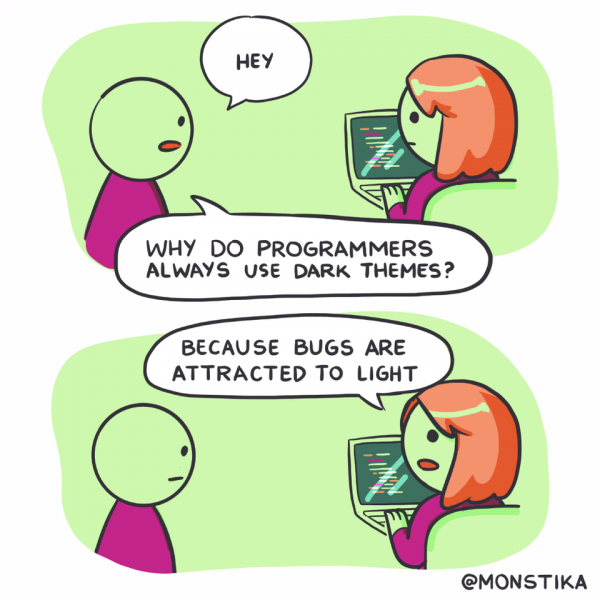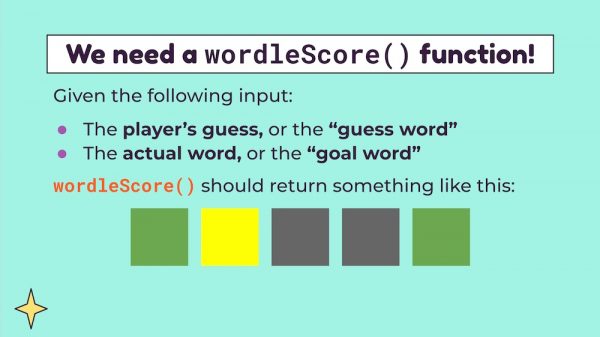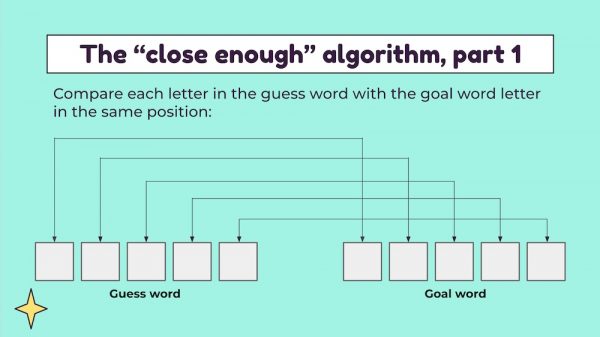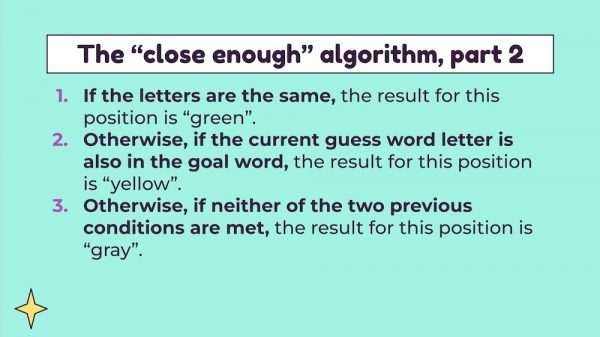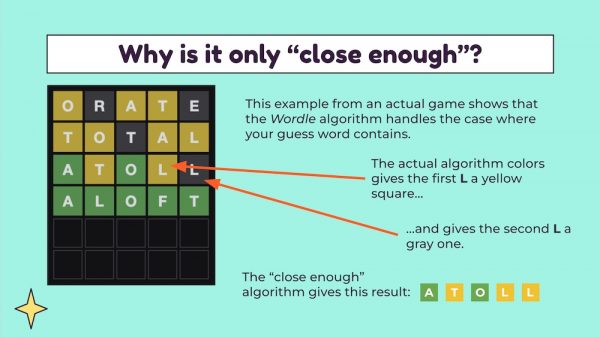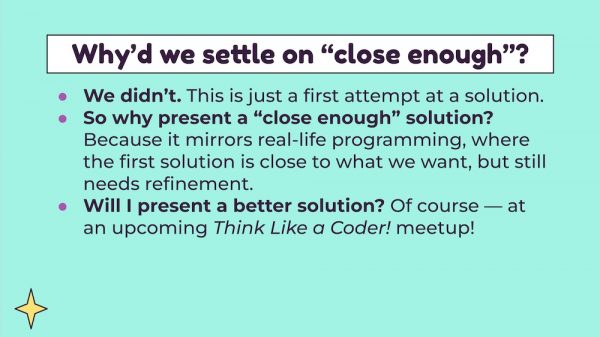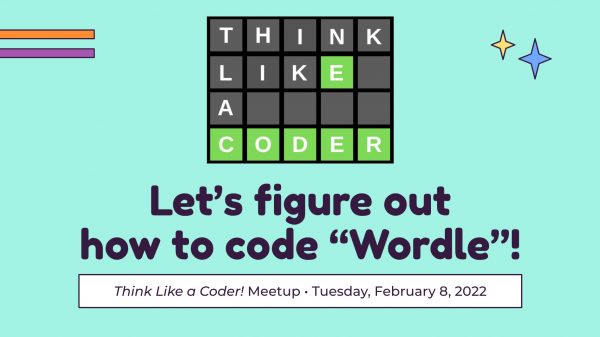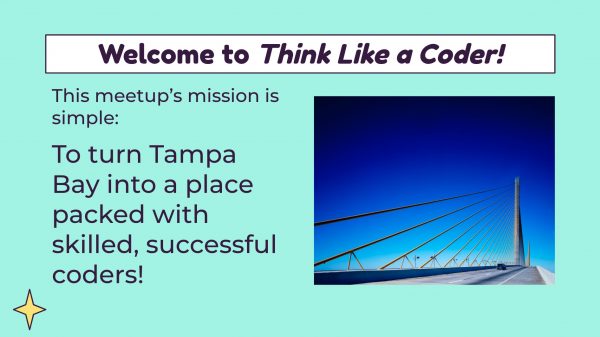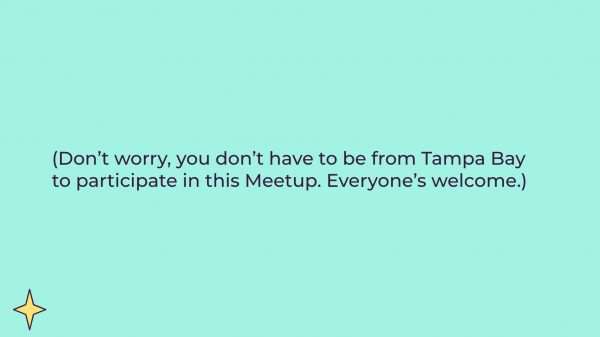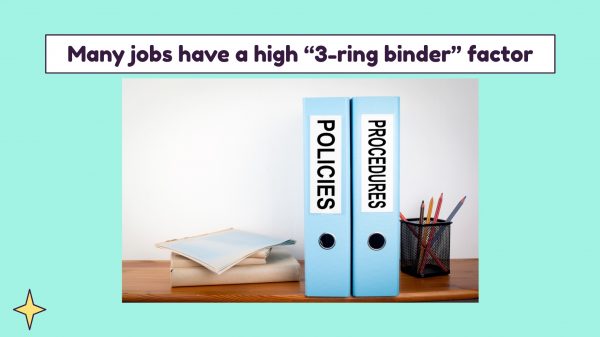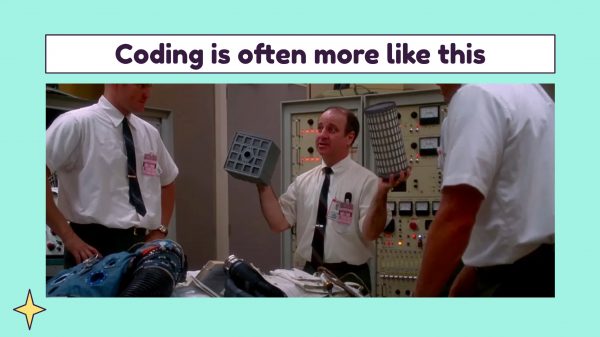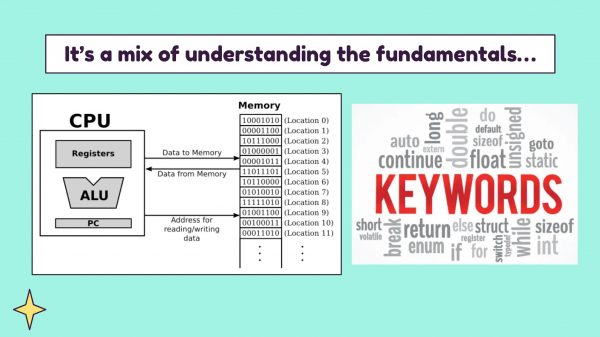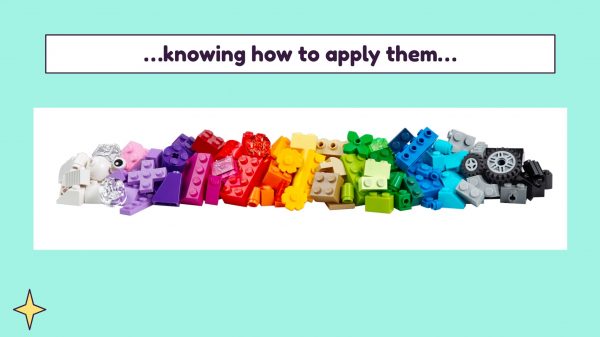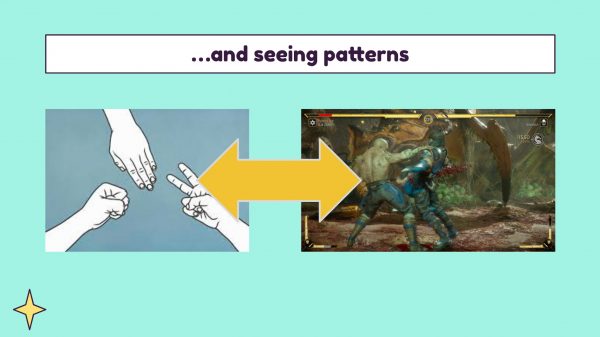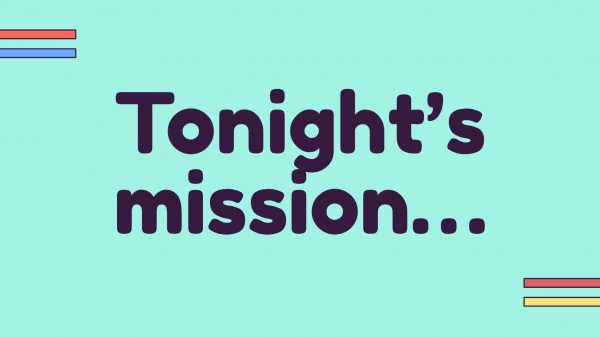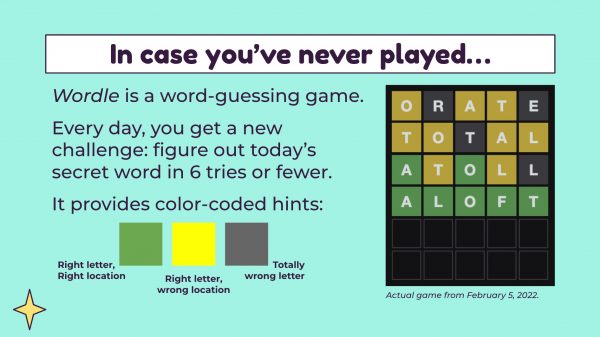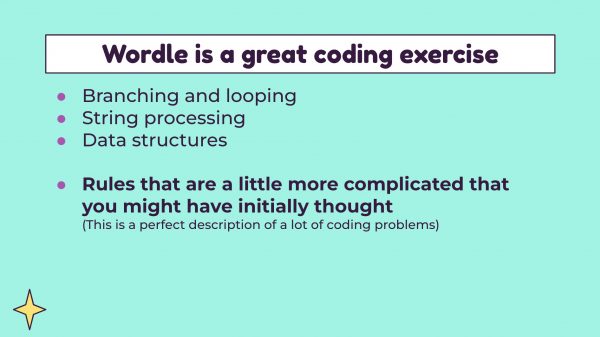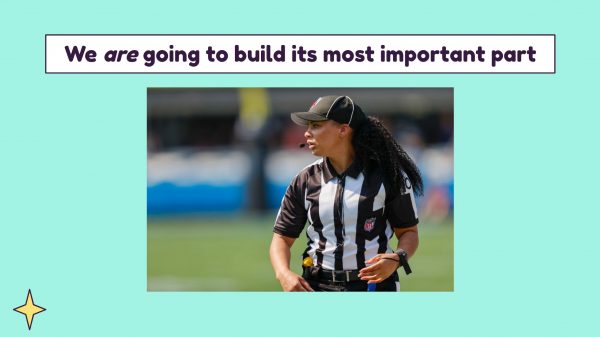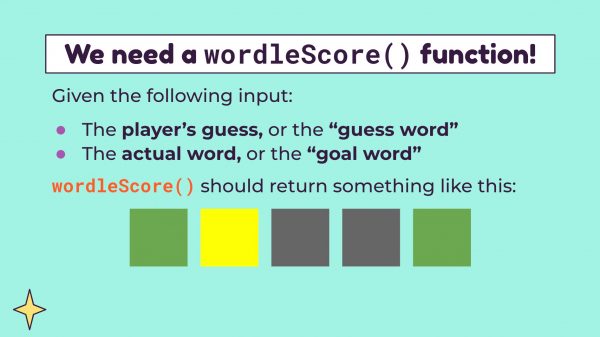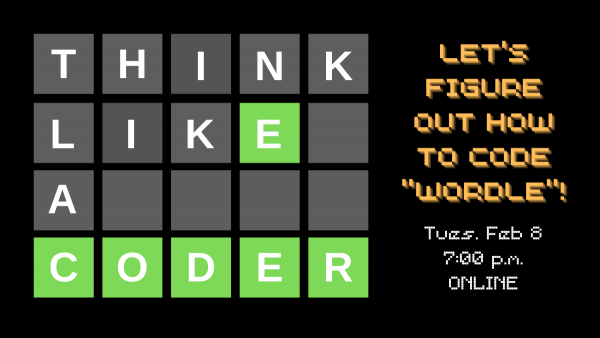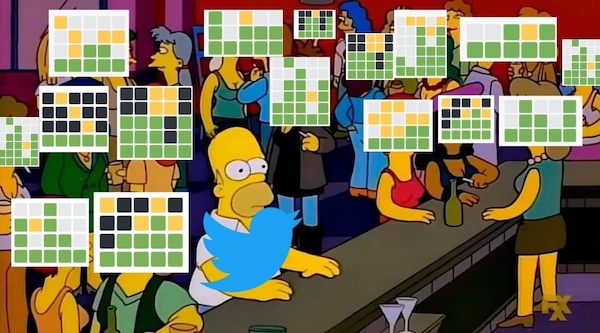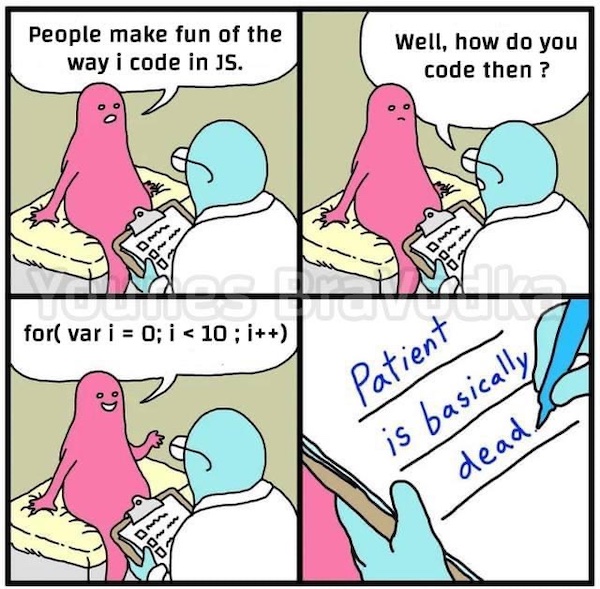Here are the first 15 slides from the upcoming Think Like a Coder! meetup, which happens ONLINE on Tuesday, Feb. 8 at 7 p.m. EST! The first slide summarizes what we’re going to be doing in JavaScript and Python.
The mission of Think Like a Coder! is to turn Tampa Bay into a place packed with skilled, successful coders.
And no, you don’t have live in Tampa Bay or anywhere nearby to participate in this meetup — I just happen to live in the Tampa Bay area.
One of the biggest challenges in coding is making the leap from knowing the theory — if statements, for and while loops, functions, classes, and so on — and the actual practice of using those things to make working applications.
Many jobs involve following the same procedure every day. The steps are laid out for you, and are often documented in a 3-ring binder (Neal Stephenson talks about 3-ring binders in his cyberpunk novel, Snow Crash). You don’t have to think about them. You succeed when you follow procedure, and you excel when you can follow procedure quickly.
Coding falls into that category of jobs where there isn’t a clearly documented procedure for every little thing. You have to figure out how to accomplish the goal.
This photo in the slide above from the film Apollo 13, where engineers had to figure out how to improvise a way to remove excess carbon dioxide from the ship’s air, using only the stuff that the astronauts had on hand. You can read more about it in the article The Greatest Space Hack Ever.
Yes, you need to know your programming language keywords. Sometimes, it even helps to know what’s happening at the processor level.
See that diagram on the left of the slide above? That’s what your computer is actually doing, under the hood. If you like, I can talk about it at an upcoming meetup.
You need to know how to apply those fundamentals, and that comes with practice.
You also need to learn how to see patterns and similarities, which will help you come up with solutions. For instance, did you know that Mortal Kombat is essentially a fancier version of Rock-Paper-Scissors?
With all that preamble out of the way, it’s time to tell you what we’re doing Tuesday evening at the meetup.
In case you haven’t yet played “Wordle”, here it is, summarized on a single slide, including a screenshot of the game I played on Saturday.
Sure, it’s a hot topic right now because everyone’s posting their Wordle scores on social media and because its developer just sold it to the New York Times in a “low seven-figures” deal, but it’s also good coding practice.
The meetup will run from 7:00 p.m. EST (UTC-5) to 9:00 p.m., so we’re NOT going to build a complete Wordle game. There just won’t be time, once you factor in introductions, setup, and Murphy’s Law.
What we WILL build — or more accurately, we’ll ***figure out how to build it*** — is the “referee”, or the thing that takes the player’s guess, compares it to the actual word, and provides the feedback.
That thing will be a function that takes two inputs — a guess word and a goal word — and outputs a value that represents those colored blocks. It’s a little trickier than you might think, and you’ll find out why…
Join us this Tuesday, February 8th at 7:00 p.m. EST (UTC-5) for Think Like a Coder! and let’s figure out how to code Wordle!


